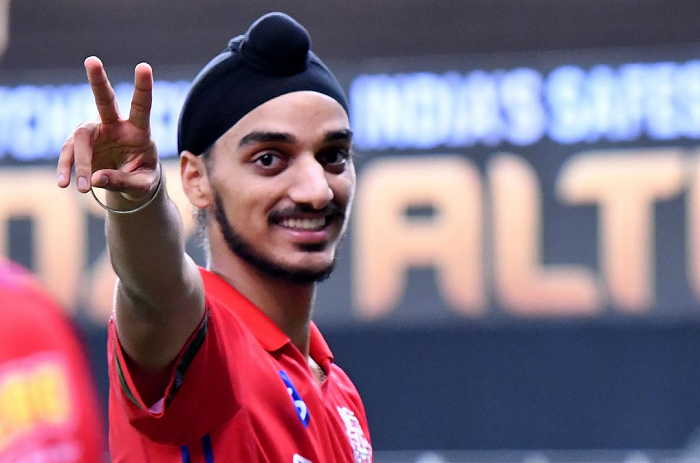Arshdeep Singh, the left-arm fast bowler, has proven himself to be a valuable asset in the shortest format of cricket. Defending just 16 runs in the final over against the likes of Tim David and Tilak Varma, Singh showcased his mental toughness and exceptional skills to emerge as the hero. Singh has been hailed as the “next big thing” in Indian cricket since making his debut in July 2020, and he has already established himself as a dependable player for both his franchise, Punjab Kings, and the national team.
Singh’s performance in the IPL last year, where he bowled a tight 19th over to Mahendra Singh Dhoni, helping his team defend 187 runs, was a testament to his ability to deliver in the closing stages. In addition, he has shown the mental strength to perform at the biggest stage, as evidenced by his performance in the last World Cup in Australia, where he removed Babar Azam and Mohammed Rizwan in the first two overs to cripple Pakistan.
Left-arm fast bowlers are considered a necessity in the limited-overs format because of their economy and strike-rate, as well as their natural variations that give them an edge over other bowlers. The bouncer, yorker, and slower delivery are their most effective weapons at the death. Hitting against the angle generated by left-arm pacers can prove to be suicidal for batters, and the reverse swing generated can make life difficult even on flat wickets.
However, left-arm fast bowlers are a rare breed, and India has had very few since the days of Irfan Pathan, Ashish Nehra, and Zaheer Khan. Only two pacers have made their debut in the longer format since the retirement of Zaheer in 2014, namely Jaydev Unadkat and T. Natarajan. The scenario is slightly better in ODIs and T20Is, with the likes of Arshdeep, Barinder Sran, Khaleel Ahmed, Chetan Sakaria, and Sreenath Aravind joining the ranks.
Singh’s ability to learn quickly and adapt to different situations has made him the most promising left-arm fast bowler in recent memory. He has learned the tricks of the trade from Anil Kumble, who was the head coach of Punjab Kings for three seasons, and has become a calm operator in the closing stages of T20 cricket.
However, consistency is crucial for left-arm fast bowlers to survive in international cricket. According to former India pacer T.A. Sekar, only the talented can sustain themselves in the long run. To survive, bowlers need to be able to bowl consistently and develop a stock ball. Left-arm seamers at any level should be able to bring the ball back into the right-hander, which is always difficult for the batters.
In conclusion, left-arm fast bowlers like Arshdeep Singh are an endangered species in cricket, and their rarity makes them even more valuable. Singh has shown the potential to become a top bowler in international cricket, but he needs to continue working on his follow-through and non-bowling arm to generate more pace and bounce. If he can maintain his consistency and continue to learn and adapt, he could become one of India’s most successful left-arm fast bowlers.





